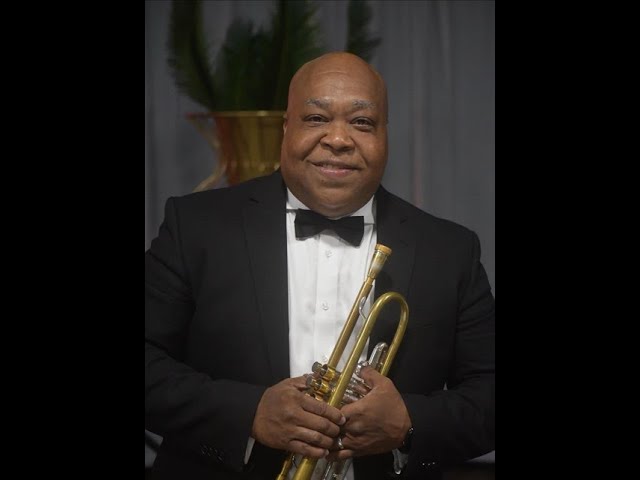Master musician Kimble Funchess, who is also the music director at the Mississippi School for the Blind, began about six weeks ago utilizing the new GOODFEEL®/ Dancing Dots technology that allows blind students to read, write down, and record their music.
Bill McCann is the inventor and creator of GOODFEEL®, which is more commonly called “Dancing Dots.” McCann is an accomplished musician who has been legally blind since age 6 years old. He attributes his skills to early learning alongside sighted children at the St. Lucy Day School in Pennsylvania and is now the founder and president of the Dancing Dots Company. McCann is a graduate of the Philadelphia College of the Performing Arts now called the University of the Arts located in downtown Philly.
According to McCann’s biographical information, “In 1992, he founded Dancing Dots to enable visually impaired musicians to independently read music, write their music down, and to record their music. His company created the world’s first commercial braille music translator software, GOODFEEL®, and has pioneered in the area of creating what he calls ‘accessible scores.’
“Their Lime Lighter software solution enables low vision musicians to read and to write magnified music in an accessible environment. Dancing Dots also publishes a series of braille music courses and provides equipment and training for a number of accessible solutions for creating professional-sounding, multi-track audio productions.”
McCann said, “Getting regular sheet music scores converted to braille was very labor intensive and done by volunteers. Therefore, I created GOODFEEL®, a conversion application program that automates the conversion process thus making it feasible for blind students to read regular sheet music with magnification and making it very large so a blind or a sight impaired musician can use the application that most people call Dancing Dots.
“The program tracks the notes on the scale with magnification so the eye can look continually in one place without having to move left to right, allowing the blind musician to read sheet music as a sighted person reads music.
“Mr. Funchess at the Mississippi School for the Blind has really jumped in with onboard learning and utilizing the Dancing Dots/GOODFEEL® program application techniques with his students who are adapting the program and using it on a regular basis in their music classes. It has been a delight to work with Mr. Kimble Funchess as he learns how to use our accessible music technology and introduces it to his students or, as he lovingly calls them, his young professionals.”
Mr. Funchess said, “I want my kids at the Mississippi School for the Blind to be able to take this new Dancing Dots/GOODFEEL® technology from inside the school to the outside real world. My students are so eager to learn and tackle the new technology. They help each other and work hard to incorporate the Dancing Dots technology that allows them to identify note values. It also allows them to create their own individual music. I’m looking forward to rebuilding the bands for both the blind and deaf schools here in Mississippi.”
The Mississippi School for the Blind and School for the Deaf are looking for sponsors to reestablish and rebuild their school bands to assemble 120 members utilizing the Dancing Dots technology. To become a sponsor, contact Funchess at the Mississippi School for the Blind at 601-948-8200. And for more information regarding GOODFEEL®, visit www.DancingDots.com.






